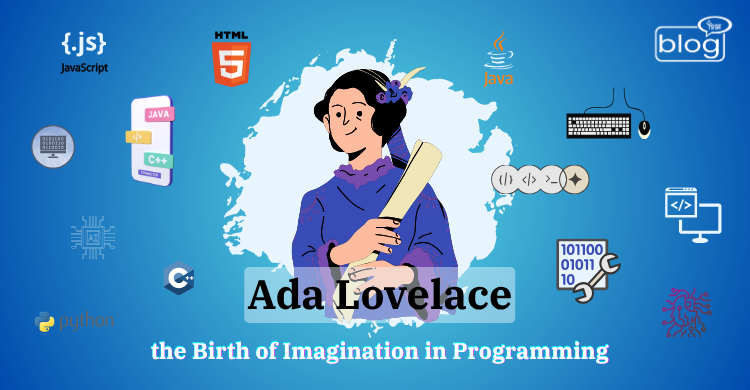Success is not always about producing something yourself; it can begin in the mind. In the 19th century, when computers had not yet been discovered and women were not yet welcome in the science field, Ada Lovelace imagined a machine that would be able to write music, produce artwork, and solve logical issues. She is now regarded as the world’s first computer programmer, a path breaker whose rags-to-riches story began not in a lab, but in fantasy.
A Foundation Built on Contrasts
Ada Lovelace was the child of the great poet Lord Byron and was educated by Annabella Milbanke in 1815, in London. Her parents separated when Ada was one month old, and her mother made it certain to keep Ada away from the creative and emotional aspect of her father and maintained Ada well educated in mathematics, logic, and science.
Ironically enough, this decision brought into the world a mind of a class all its own, a mind with which combined analytical brilliance and poetic imagination. This unlikely combination would one day become Ada’s strength, foreshadowing her working career as a computer scientist.
Early Curiosity and Determined Learning
Ada was saturated with wonder about the world from an early age, in a never-running-out sense. At 12, studying the structure of the bird and the flight mechanism, she built a machine that would allow her to fly. She wasn’t content to read about it in books; she practiced it. Her fascination with mathematics and machinery distinguished her at an age when girls only studied domestic science. Her mother introduced several renowned mathematicians and scientists into their circle, some of whom included Charles Babbage, who created the Analytical Engine.
A Historic Collaboration
From the time Babbage first met Ada at a young age, he was convinced that she was a remarkable woman. He began to call her “the number cruncher” because of her knowledge of mathematics and machinery. This meeting led to a working relationship that would go down in history in the following years.
Ada was asked to translate an Italian article about Babbage’s Analytical Engine in 1842. But she did not perform a simple literal translation. She included plentiful notes of her own, which were three times the length of the original article.
In these reports, Ada wrote what is commonly considered the very first computer program ever written with the intent of being run on a machine, a precursor to modern computer programming. But even more amazingly, she saw the Analytical Engine capable of doing far more than dealing with numbers. Ada saw that it would be able to process symbols and patterns, and considered it potentially being used to compose music, generate graphics, and communicate ideas—basically pre-imagining the digital age.
She wrote:
“The Analytical Engine might work on other than numbers… the engine would create complicated and scientific pieces of music.”
Success Ahead of Her Time
Although her revolutionary concepts, Ada’s own writing went unnoticed during her lifetime. She passed away young at 36 due to cancer, and her writing mostly fell into oblivion for close to a century. But during the 20th century, when modern computing was invented, her work became fashionable again, and folks appreciated how visionary she was.
Now, Ada Lovelace is recognized as the world’s first computer programmer, the world’s first tech visionary, and one of the very first to support what we now call artificial intelligence. In commemoration of her, the United States Department of Defense created the Ada programming language, and annually in October, there is observed Ada Lovelace Day with a view to motivating and celebrating women in the STEM sector.
A Tale of Vision, Imagination, and Bravery
Ada’s life is a tale of triumph, not of riches or fame, but of intellectual courage and visionary perception. In a world where women were not provided with higher studies and scientific regard, she possessed the imagination to transcend the probable. She was not merely a mathematician; she was an imaginative person who dreamed of the world that we inhabit today. Without a functioning computer, without programming software, and with no women role models in the field, she conceived of a whole cyber universe and coded its first words.
The life of Ada Lovelace is a testament to true achievement beginning in the mind. She coded the future’s code with only her mind, passion, and relentless insistence that thoughts can alter the world.
To read these types of blogs, click here.
Writer
Umme Farhana Sumaiya,
Intern, Content Writing Department
YSSE

